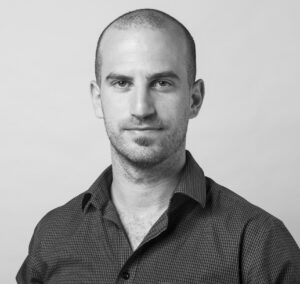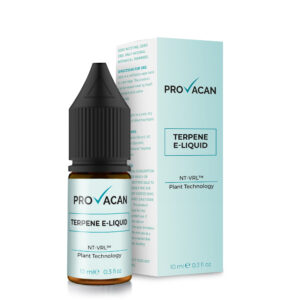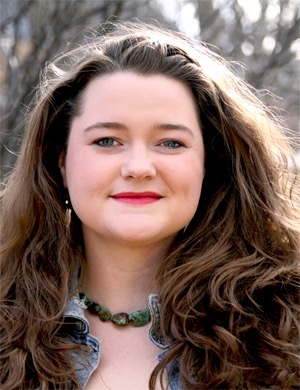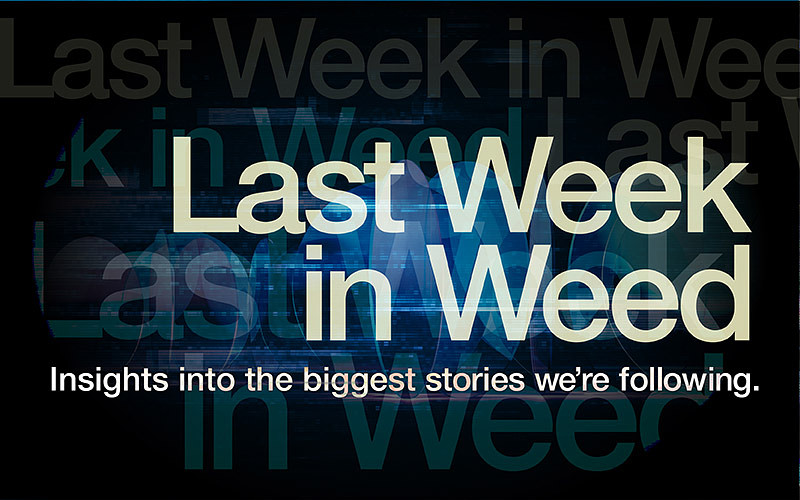You’ll often hear people say cannabis science is in its infancy. While it’s true there is much more to learn about the plant, some regions of the world have been studying cannabis intensely for decades.
The field of cannabis science was pioneered by Raphael Mechoulam in the 1960s. His research, based in Israel, laid the foundation for our modern understanding of the herb.
Nearly 60 years later, Israel remains a leading force in the study of cannabis.
Nadav Eyal, CEO and co-founder of Eybna Technologies, is building on this body of research and pioneering his own studies on terpenes, cannabinoids, and their interactions with the endocannabinoid system.
In 2020, Eybna discovered a cannabinoid formulation that effectively blocked the novel coronavirus from penetrating living cells. The combination, known as the NT-VRL formulation, is now undergoing clinical study as a potential treatment for the disease.
While NT-VRL is a remarkable discovery, it may ultimately pale in comparison to Eybna’s more recent revelation around receptor-specific cannabinoid formulations.
In this interview, Eyal discusses what inspired him to study cannabis and how his latest research will change the industry forever. This conversation has been edited for length and clarity. Hear the whole interview at www.cannatechtoday.com/podcasts.

Cannabis & Tech Today: What drew you to study cannabis?
Nadav Eyal: My journey through the cannabis industry started back in 2008. I was very involved in my mother’s treatment for cancer. That’s when I was exposed to the term medical cannabis, but at the same time in Israel, it was very early days for the medical program.
Unfortunately, my mother didn’t use cannabis and she passed away. The same year, I joined military intelligence in the army. So this was a turning point in my life that drew me into the cannabis industry. In military intelligence, I was doing mostly data science, big data, and understanding how data can help us to make better decisions.
Ultimately, I found we could use data science methods to change the language from conversations about strains, such as OG Kush and Super Lemon Haze, to conversations about molecules such as limonene, and CBN, and THCV, which allows us to apply real science to the cannabis industry.
It also allows us to avoid the inconsistency of cannabis products in order to let people that have real medical conditions enjoy the benefits of the plant.
C&T Today: Last year, you found a combination of cannabinoids with the potential to treat or even prevent coronavirus infections in human lung cells. When did you realize you had made a significant discovery?

NE: In this research, one of the things that I remember is the phone call I got from the lead manager asking, “What the hell did you give us here?” Because what happened is that in the research, she found that the NT-VRL formulation was blocking the penetration of the coronavirus to the cells.
This opened our eyes to terpenes being a very useful immunity product. So we decided to do another test versus a cytokine storm.
We found that the same NT-VRL formulation worked better than dexamethasone, which is a steroid used in hospitals to treat conditions of inflammation.
So these two [findings] together were strong enough for us to take it a few steps forward and prepare a clinical study in Israel.
It is going to take the formulation we developed and test it versus coronavirus in human trials. This is ongoing right now, and we’ll be happy to share more results moving forward.
C&T Today: You recently developed a line of phytochemical formulations targeted to specific wellness goals. How are these formulations unique in the industry?
NE: Since the beginning of the company we have been envisioning this line that we launched in the last two months.
It’s basically a new category of product called receptor-specific formulations. So what does it mean? If we try to break down how the different compounds in the plant are activating the human body, the smallest resolution we can measure is the interaction between one compound and one receptor.
So for example, we are familiar with the endocannabinoid system and the CB1 and CB2 receptors. The endocannabinoid system itself has six small receptors.
And the same as the endocannabinoid system, we have other systems in the body such as the dopamine system, the serotonin system, and the GABA system.
All of them are being activated by the phytochemicals found in the cannabis plant. So in the last six years of research, we were mapping the interactions of thousands of compounds in the cannabis plant with different receptors in the human body.
We were able to measure which one of them is activating which type of receptors in our body.
Today, we are selling formulations that are composed only of the ingredients that are effective to produce a certain effect, such as pain relief or sleep.
What people are still underestimating is the fact that when you have a thousand compounds, which is whole-plant medicine, there are some compounds that are contradictory to each other.
So if you want a sleep medication, you do not necessarily want the compounds that are good for daytime effects and vice versa.
So the receptor-specific line is the first step to be able to introduce globally a line of natural formulations that are targeting indications that are important for human wellness.
And everything we are now doing is to take the conversation from getting high to a conversation about wellness.
Because there are people in the recreational markets that are looking to just get high, but there are a lot of people worldwide, especially the elderly population, that can benefit from the cannabis plant much more than from the pharmaceutical drugs they are using today.
But until we introduce products that are actually effective, people will never switch.
So we are already partnering with some of the largest brands in the cannabis industry and the CBD industry to launch different effect-specific products that are all using our receptor-specific formulations.
I believe 2022 is going to be a year of change and innovation in the industry.
C&T Today: Thanks to Israel’s approach to medical cannabis, you’re able to conduct really thorough research. You’re doing trials with living organisms, conducting cellular research, and creating computer-aided investigations. This is a lot of data that’s adding to the understanding of cannabis on a global level. What have you found most surprising during your experiments?

NE: First of all, I’m surprised that not a lot has been done on cannabis. There are so many new things we were able to discover in the last three years of research. Every day, we are learning that there are unknown capabilities for this plant.
In collecting a lot of data from a lot of different sources, we can actually solve the hard questions. So, sometimes in life you need different angles and different points of view to understand the full picture.
By doing research, from computational biology to In Vitro, and connecting it with the data from patients and ethnobotanical data, and bringing everything to the table for the R&D team of Eybna, we were able to come up with insights that are very innovative and hopefully will be very valuable to the whole industry.
The last part is the fact that the cannabis industry is still building itself and everything is possible. There is a very much an increased demand for innovative products coming from California and the rest of the U.S.
The ability to see how research is being used, then coming back into products, and turning it into the ability to improve the quality of life of people worldwide — it’s just a cycle that is exciting.
What we are going to see is that the cannabis industry as a whole is going to change — not just the tobacco and alcohol industry — but is going to completely change also the pharmaceutical industry and allow people to enjoy what we recognize today as preventative medicine.
This will allow this field of preventative medicine to become scientifically supported and eventually to dramatically improve quality of life on a global scale.
That’s exactly where Eybna is looking in the next five years.
Cannabis is still in its beginning. There is so much this plant is going to bring to the world.
This article was first published in the winter 2021 issue of Cannabis & Tech Today. Read the full issue here for free.
Author
-

Patricia Miller is an executive editor at Innovative Properties Worldwide. She explores science, technology, and policy shaping the legal cannabis sector. Follow her work when you subscribe to Cannabis & Tech Today at cannatechtoday.com/subscribe/ or visit her website https://patriciamiller.squarespace.com/.






